Nasjonalmuseet of Norway: a cultural renaissance in Oslo
Norway’s ‘gargantuan’ new institution is the third largest in Europe
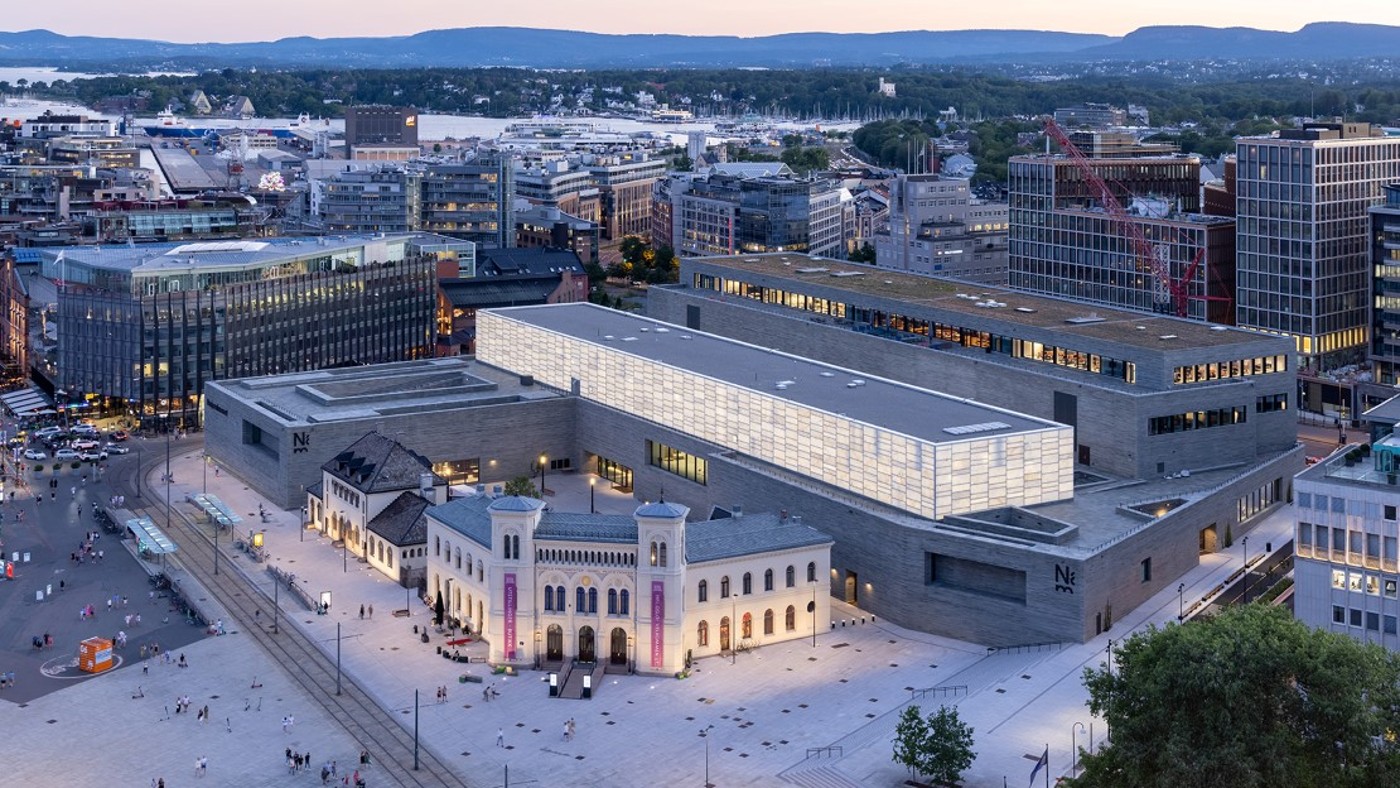
As a tourist attraction, Oslo has long existed “in the shadow” of Stockholm and Copenhagen, said Thomas Rogers in The New York Times. Yet where once the Norwegian capital was “derided” as “sleepy and overpriced”, it is now in the midst of a bona fide cultural renaissance that may put it on a par with its more traditionally glamorous Scandinavian neighbours. A major redevelopment project, dubbed “Fjord City”, is transforming Oslo’s waterfront into “a glossy district of high-rises and pedestrian plazas”, and a home for a clutch of world-class museums and art galleries.
Chief among these is Norway’s national museum, a “gargantuan” new institution that finally opened its doors to the public in June, after an 11-year gestation. Combining the collections of four pre-existing galleries and costing more than £500m, the Nasjonalmuseet is Europe’s third-largest museum; with 80 rooms and no less than three acres of display space, it will be able to showcase some 6,500 of the 400,000 objects in its inventory, as well as major temporary exhibitions to rival those at Tate Modern or Paris’s Centre Pompidou. Featuring everything from paintings by Edvard Munch (including The Scream, Madonna and other famous works) to 17th century Norwegian tapestries, to contemporary works of art, it takes an “assertive approach to showcasing Norwegian culture”.
This “long-anticipated” museum takes London’s V&A as a major “curatorial influence”, said Helen Barrett in the FT. This means that design will be displayed on an equal footing to art. Among its first big name exhibitions will be a solo show of Grayson Perry’s ceramics and textiles. On display are traditional arts and crafts and, as you might expect, exquisite examples of Norwegian furniture – a highlight is the studio of Terje Ekstrøm, designer of futuristic 1970s chairs, transplanted wholesale into the museum. But there is also industrial design from recent decades, when Nordic companies pioneered many technological advances. There are deep-sea robots, and displays of consumer tech by Finland’s Nokia and Sweden’s Ericsson. (In 2001, Nokia released a camera phone a full six years ahead of Apple’s first iPhone.) Elsewhere, we see a display devoted to “digital graphic design”, featuring curios such as the video for the Norwegian band A-ha’s 1985 hit Take on Me.
The Week
Escape your echo chamber. Get the facts behind the news, plus analysis from multiple perspectives.

Sign up for The Week's Free Newsletters
From our morning news briefing to a weekly Good News Newsletter, get the best of The Week delivered directly to your inbox.
From our morning news briefing to a weekly Good News Newsletter, get the best of The Week delivered directly to your inbox.
The museum’s holdings are fascinating, said Tim Abrahams in the Architectural Record. One moment, you’re looking at Eastern Orthodox icons that ended up in Norway following an 11th century schism with the Western Church; the next, you’re in a room filled with “simple furniture” dating from the 19th century. It’s a shame, then, that the building that houses all this is rather uninspired. The architects, German firm Kleihues + Schuwerk, strived to avoid sculptural elements and idiosyncrasy; the result is a “minimalist” design that underwhelms on almost every level. It is clad in a stone that is neither “attractive or versatile”, and from certain approaches, it looks “astonishingly drab”. Its interior spaces are better, but not by much: the exhibits, you feel, are under-served. Nevertheless, it is possible to spend “a full day immersed” in this “very expensive box”, perusing “vibrant medieval tapestries, remarkable collections of glass and silverware, or the more recent story of a nation told through its modern art”. It is proof that “content, mercifully, can still be everything”.
Now open to the public; nasjonalmuseet.no
A free daily email with the biggest news stories of the day – and the best features from TheWeek.com
-
 West Africa’s ‘coup cascade’
West Africa’s ‘coup cascade’The Explainer Guinea-Bissau takeover is the latest in the Sahel region, which has quietly become global epicentre of terrorism
-
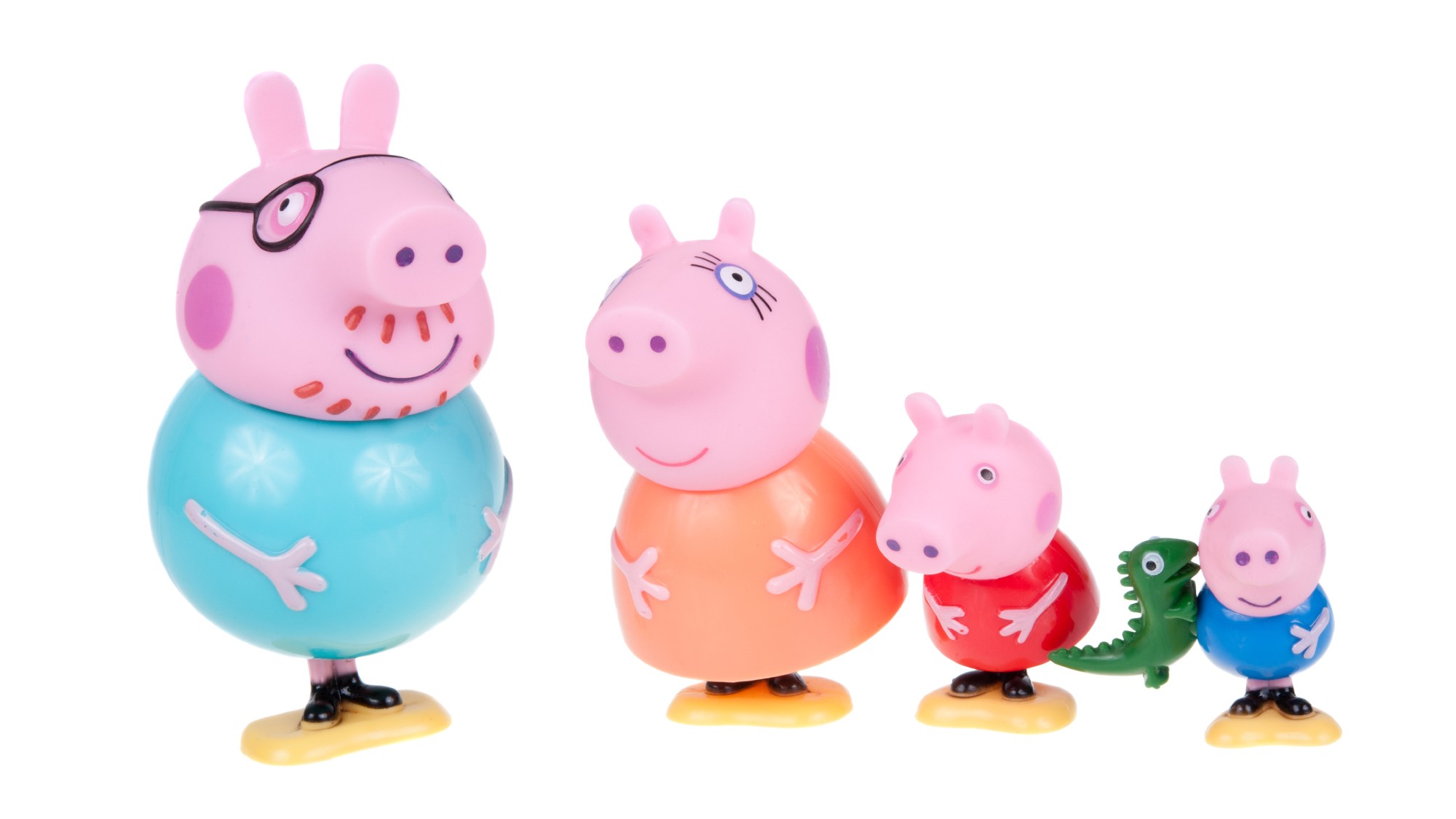 Daddy Pig: an unlikely flashpoint in the gender wars
Daddy Pig: an unlikely flashpoint in the gender warsTalking Point David Gandy calls out Peppa Pig’s dad as an example of how TV portrays men as ‘useless’ fools
-
 Codeword: December 3, 2025
Codeword: December 3, 2025The daily codeword puzzle from The Week
-
 Homes by renowned architects
Homes by renowned architectsFeature Featuring a Leonard Willeke Tudor Revival in Detroit and modern John Storyk design in Woodstock
-
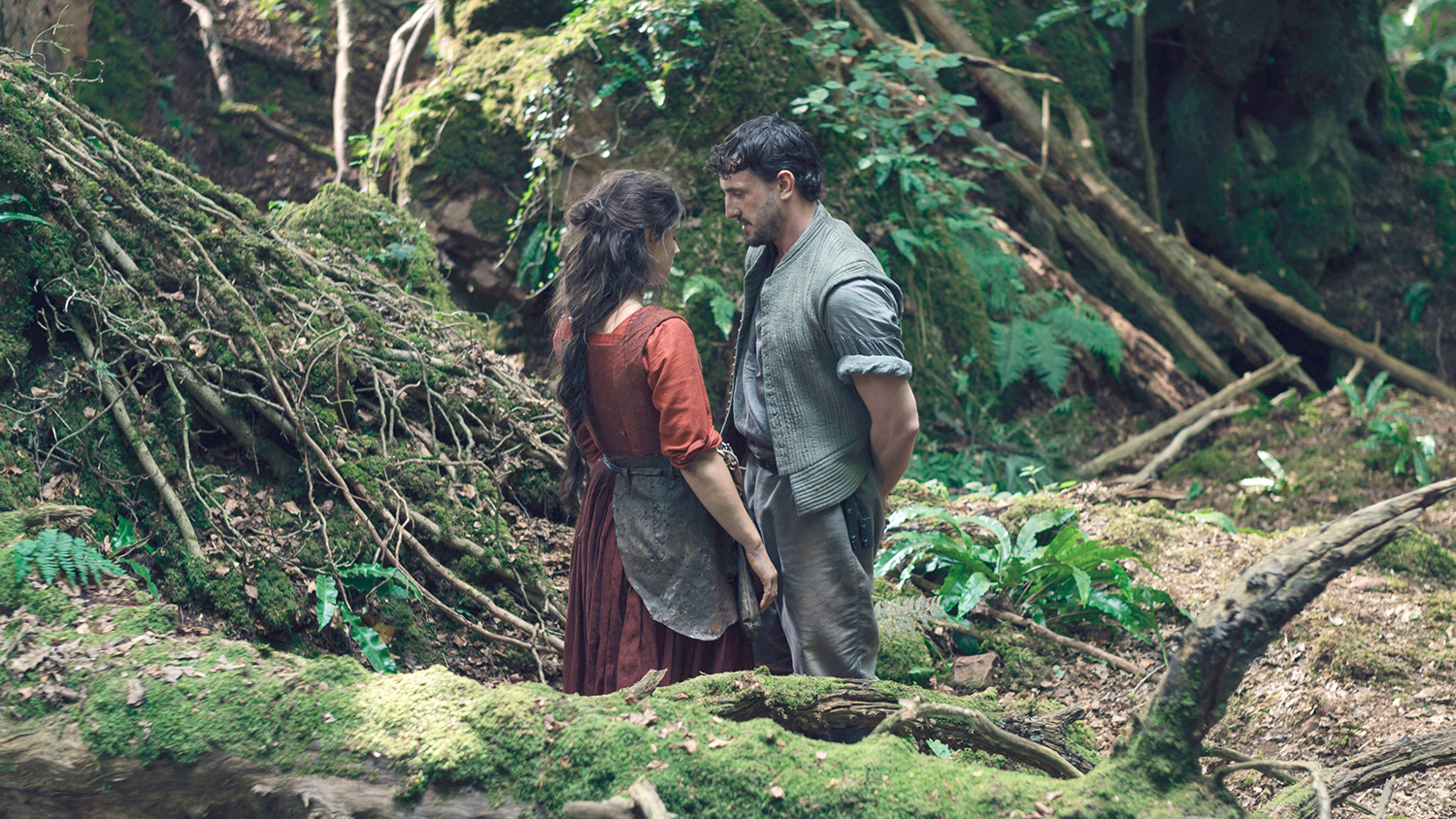 Film reviews: ‘Hamnet,’ ‘Wake Up Dead Man’ and ‘Eternity’
Film reviews: ‘Hamnet,’ ‘Wake Up Dead Man’ and ‘Eternity’Feature Grief inspires Shakespeare’s greatest play, a flamboyant sleuth heads to church and a long-married couple faces a postmortem quandary
-
 We Did OK, Kid: Anthony Hopkins’ candid memoir is a ‘page-turner’
We Did OK, Kid: Anthony Hopkins’ candid memoir is a ‘page-turner’The Week Recommends The 87-year-old recounts his journey from ‘hopeless’ student to Oscar-winning actor
-
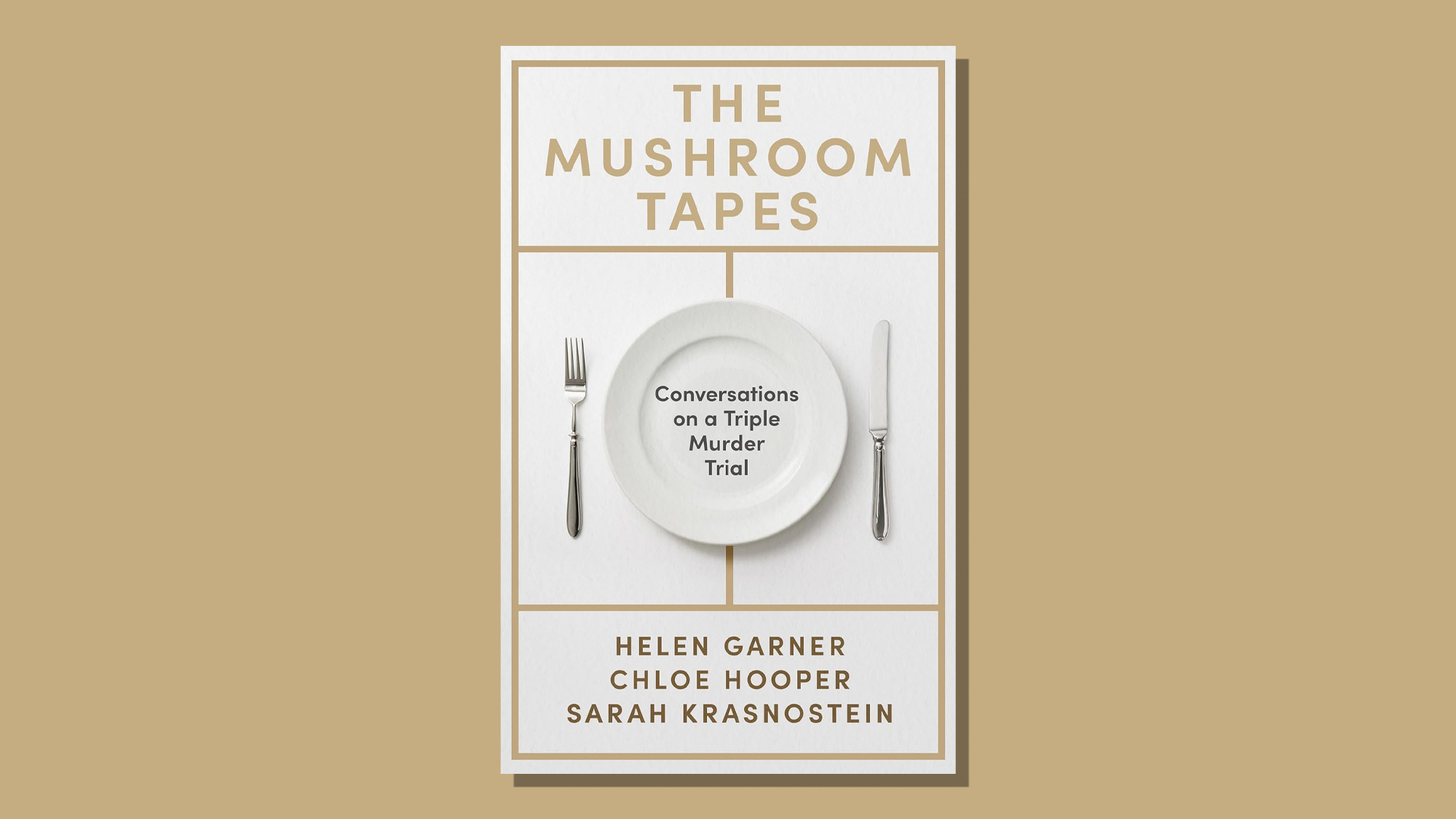 The Mushroom Tapes: a compelling deep dive into the trial that gripped Australia
The Mushroom Tapes: a compelling deep dive into the trial that gripped AustraliaThe Week Recommends Acclaimed authors team up for a ‘sensitive and insightful’ examination of what led a seemingly ordinary woman to poison four people
-
 6 gripping museum exhibitions to view this winter
6 gripping museum exhibitions to view this winterThe Week Recommends Discover the real Grandma Moses and Frida Kahlo
-
 ‘Chess’
‘Chess’feature Imperial Theatre, New York City
-
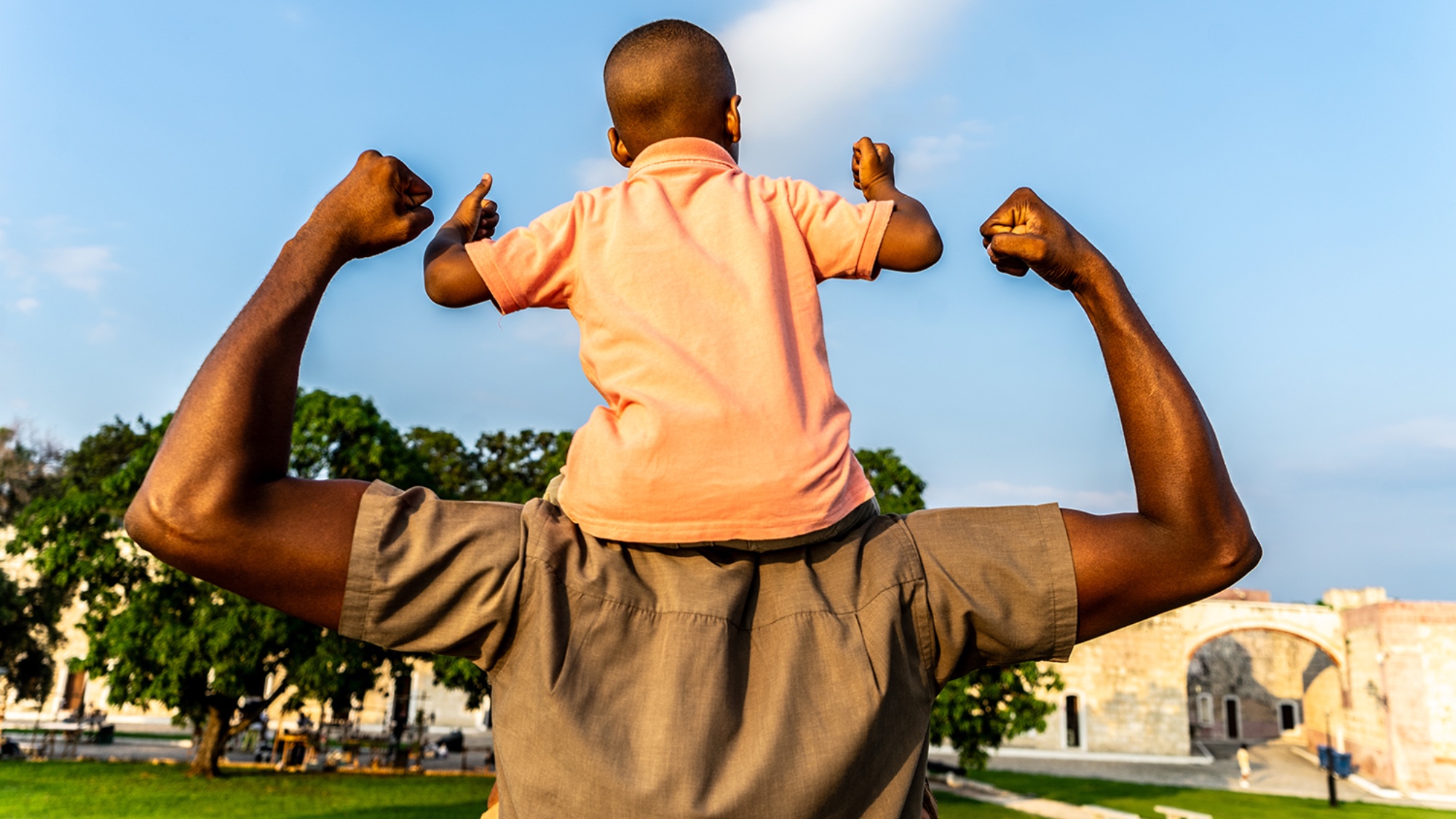 ‘Notes on Being a Man’ by Scott Galloway and ‘Bread of Angels: A Memoir’ by Patti Smith
‘Notes on Being a Man’ by Scott Galloway and ‘Bread of Angels: A Memoir’ by Patti Smithfeature A self-help guide for lonely young men and a new memoir from the godmother of punk
-
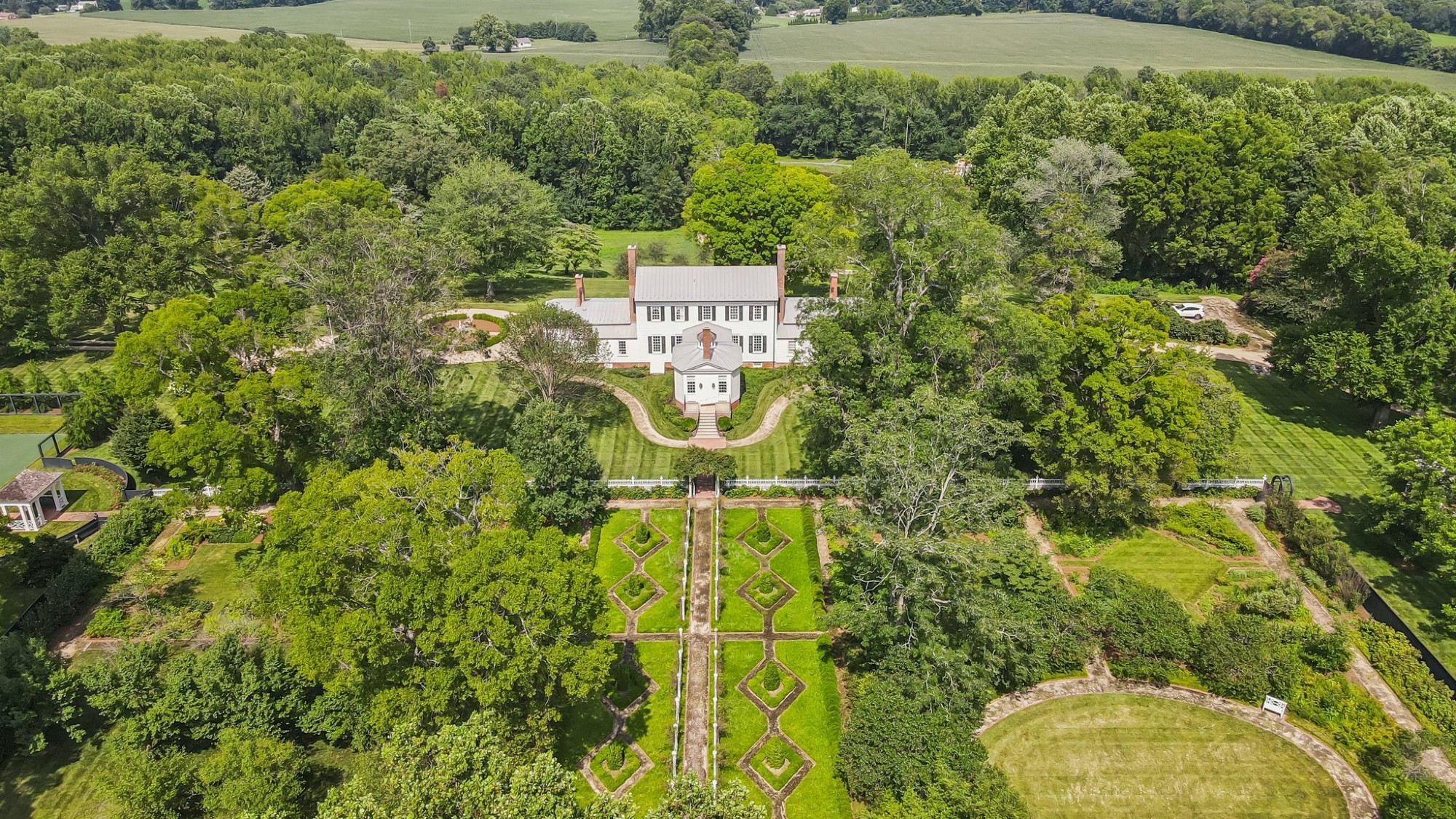 6 homes built in the 1700s
6 homes built in the 1700sFeature Featuring a restored Federal-style estate in Virginia and quaint farm in Connecticut